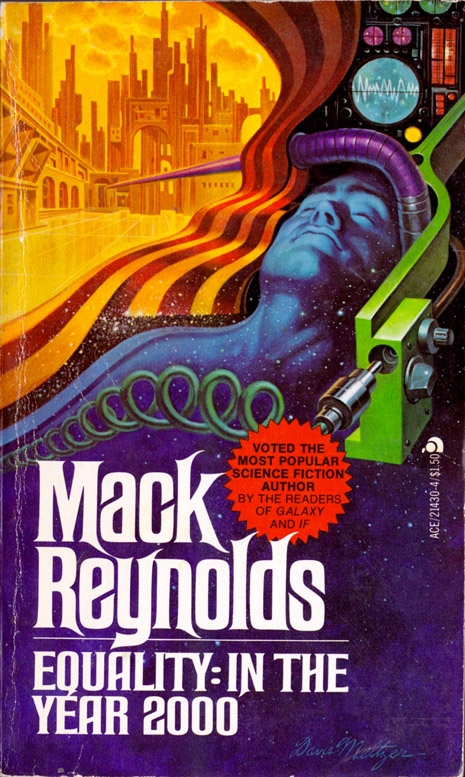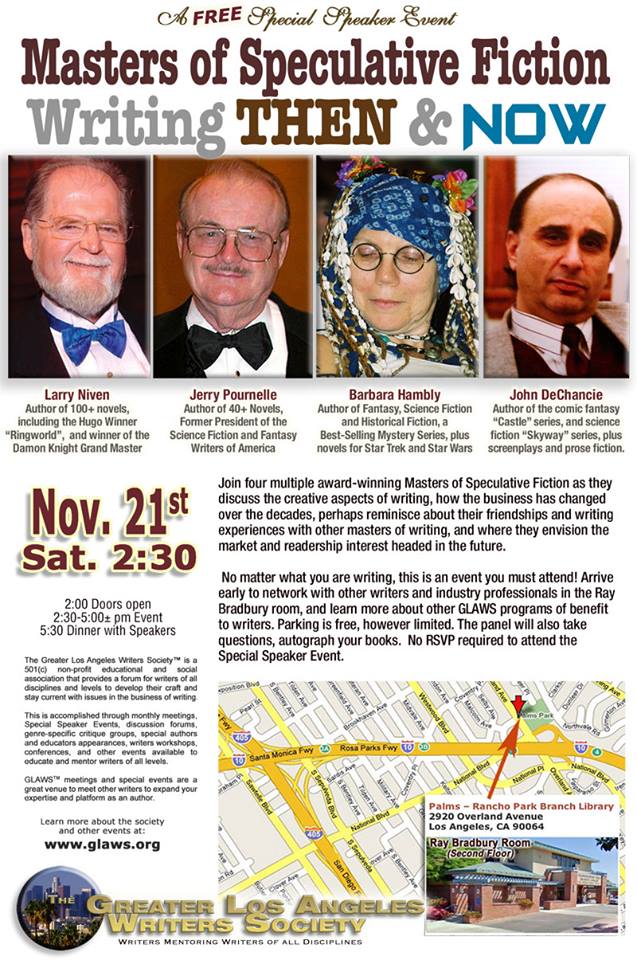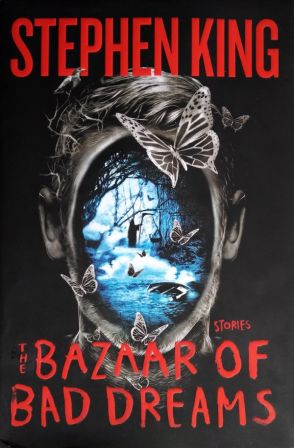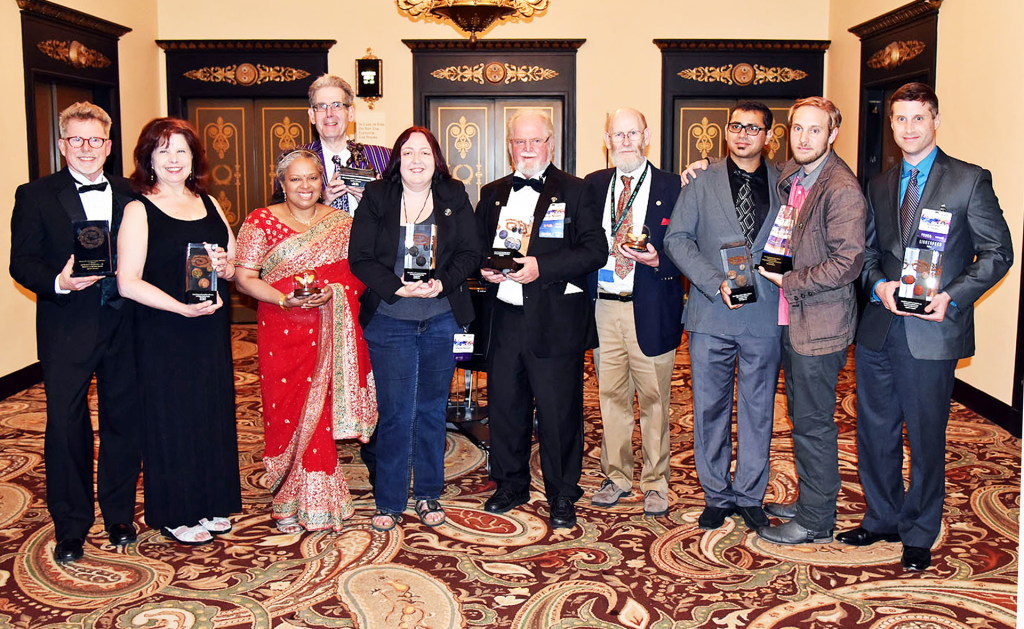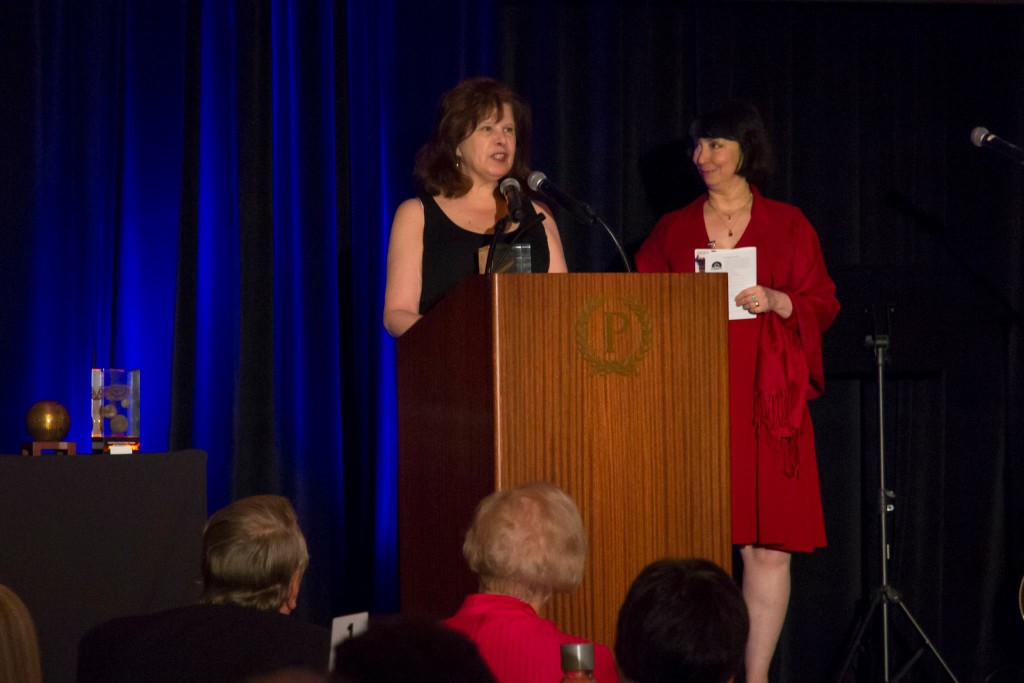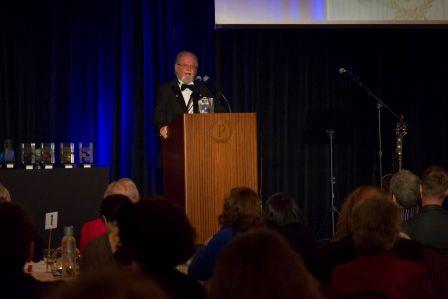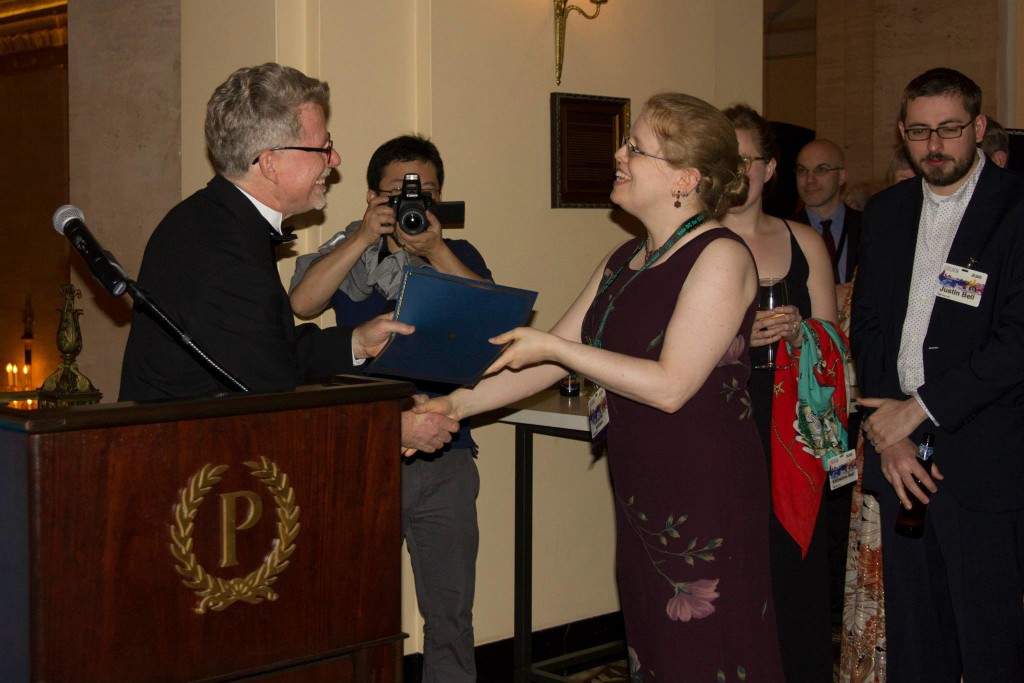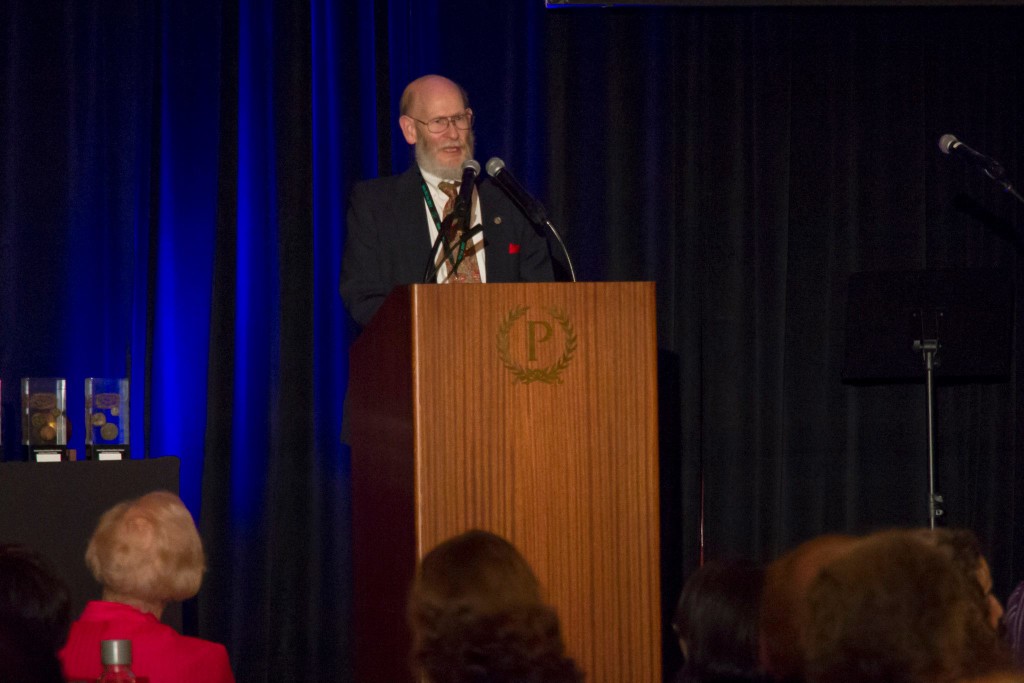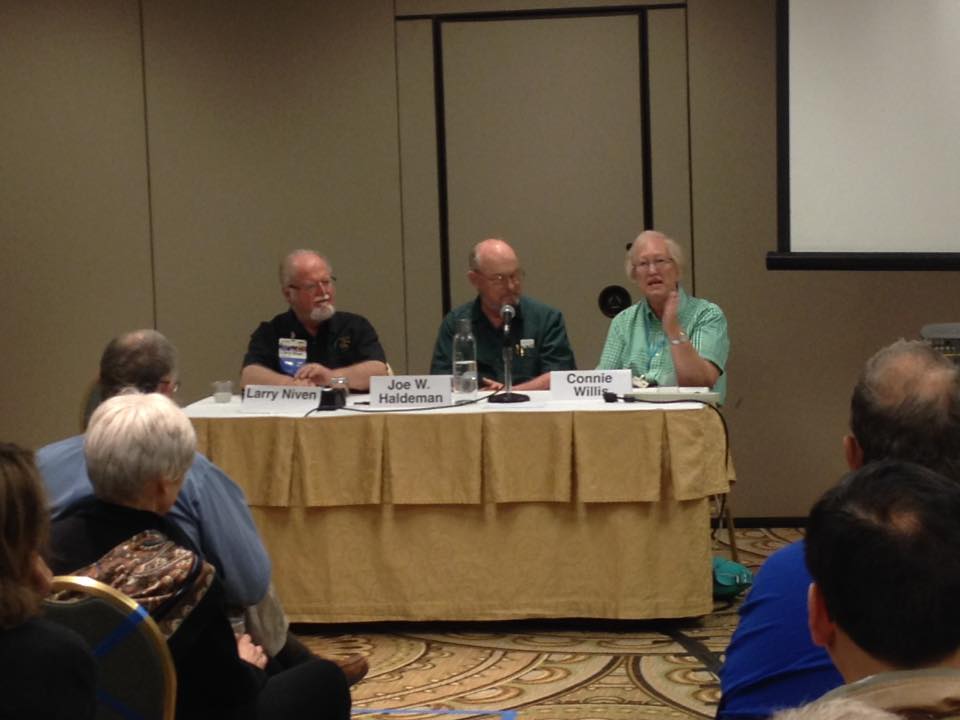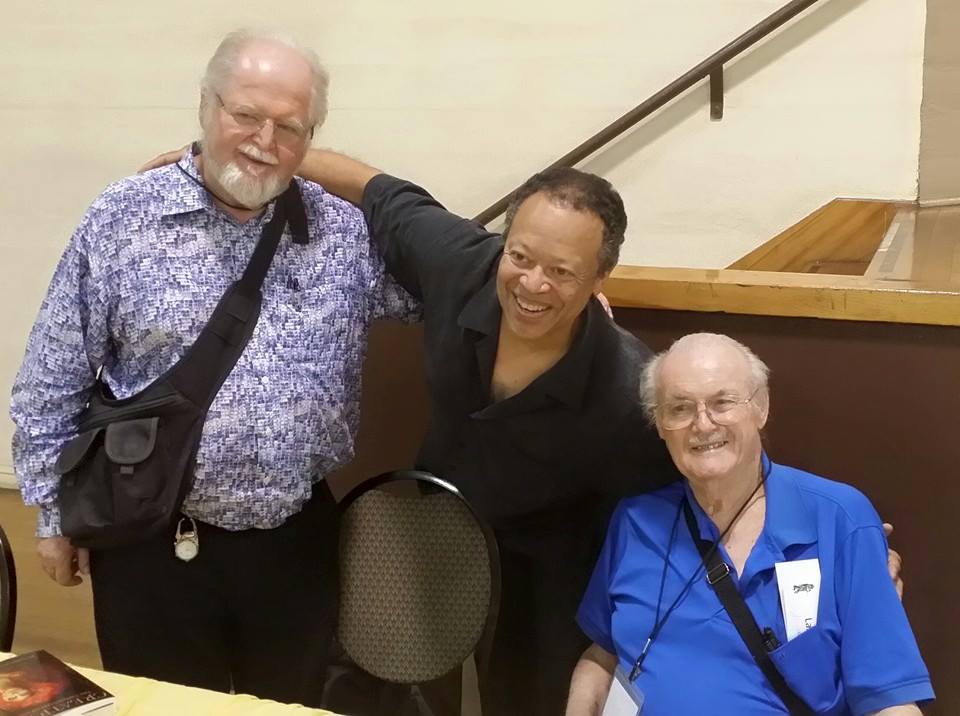(1) PRO TIP. Jason Sanford, upon reading editor Sean Wallace’s Facebook comments about getting negative replies to fast submission responses, says “Authors shouldn’t whine about fast rejection times”.
The Dark is a online magazine of horror and dark fantasy which, in the last three years, has received a number of accolades and reprints in “year’s best” anthologies. Edited by Sean Wallace and Silvia Moreno-Garcia, the magazine is open to more experimental stories and new authors, which results in issues of The Dark often pushing the boundaries of both the genre and literary fiction.
The Dark is also known for fast response times on most submissions, often within 24 hours. Sean and assistant editor Jack Fisher divide up the slush pile and give each story a first read.
You’d think authors would be happy with fast response times because it means they can submit their stories somewhere else. But it turns out some authors hate a quick no. They’d rather the band-aid be pulled off bit by bit over months and years instead of a quick yank…..
(2) OH, THOSE SLUSH CRUSHERS. Gardner Dozois, commenting on Sean Wallace’s public Facebook post, told how he dealt with the flood of unsolicited manuscripts in his days at Asimov’s.
In fact, one of the greatest challenges in training a slush reader–and I’ve trained several–is to teach them not to spend time reading all or even more of a manuscript that is obviously hopeless, and train them out of reading all of it to “give it a chance.” We used to get a thousand manuscripts a month at ASIMOV’S; no time for that.
I had a few [slush readers] at the beginning of my tenure at ASIMOV’S, but after a year or so I decided that nobody could do the job as good or as fast as I did myself, so from that point on I read all the slush at ASIMOV’S myself. Part of the challenge of reading slush, and mostly why I took it over myself, is that your job is not only to plow through the bad stories and get rid of them as fast as possible, but ALSO to spot the good or potentially good stories that are also going to show up in the slush. I found I could get people who could plow through the bad stuff, but nobody who was as good as I was myself in spotting the good and potentially good stuff. Used right, a slush pile can be a valuable resource for a magazine, and several writers who later became reliable regulars started there.
(3) ART THAT GRABS YOUR ATTENTION. Dangerous Minds takes a tour of “The Fabulously Surreal Sci-Fi Book Covers of Davis Meltzer”
That delightful ’60s/‘70s intersection of pop-psychedelic surrealism and space-age futurism produced some of the most awesome book covers the world has ever seen, with illustrations that often far exceeded in greatness the pulpy sci-fi genre novels they’d adorned. While some of those artists achieved renown, too often, those covers were the works of obscure toilers about whom little is known.
Davis Meltzer, alas, fits deep into the latter category. My best search-fu yielded so little biographical data that I’m not even able to determine if he’s currently alive.
(4) OPEN THE POD BAY DOOR. At Reverse Shot, Damon Smith has a deep analysis of 2001: A Space Odyssey, which he says is “the first modern sci-fi movie: mature, intelligent, technically precise, and ambiguously metaphysical.”
Science, art, and the spiritual have been linked for centuries across pictorial traditions, but they achieve a unique synthesis in Stanley Kubrick’s 2001: A Space Odyssey, an audaciously cerebral epic that, whenever seen or contemplated in its original 70mm format, never feels like anything less than a miracle of human imagination. The relevance of 2001 has kept pace with the times, too, as it coolly examines our relationship with technology and the grand mystery of cosmic reality, which grows richer and stranger the more we learn about the physics of massive phenomena we cannot directly observe (dark matter, black holes) and the even spookier action of quantum-scale particles. Grappling seriously with our place in the universe as individuals and as a species, 2001 was the first modern sci-fi movie; mature, intelligent, technically precise, and ambiguously metaphysical, the film mostly dispenses with conventional narrative in order to represent, for much of its 160-minute duration, the physical and psychological experience of “being in space.” More importantly, by coding his unusually realistic visual journey with mythic totems and baffling set pieces, Kubrick heightens the subjective experience of viewers, leaving the logic of the whole intentionally fuzzy and open to innumerable readings. Forty-seven years after its debut, 2001: A Space Odyssey continues to fascinate audiences, influencing filmmakers as artistically dissimilar as George Lucas, Alfonso Cuarón, and Christopher Nolan, and casting a long, monolithic shadow over any filmic depiction of interstellar space, all without losing its seemingly timeless mystique.
(5) EXPANSE PERK. Orbit Books UK has a message for Expanse fans —
For a limited time, we’re giving away free signed bookplates with proof of pre-order of Babylon’s Ashes. Visit the website to submit…
(6) FANTASTIC CHOW. Tired of turkey yet? Scott Edelman invites you to listen to another round of barbecue in the latest Eating the Fantastic podcast — “Grab Kansas City BBQ with the incredibly prolific Robert Reed in Episode 23 of Eating the Fantastic”.
My final Eating the Fantastic episode recorded during the Kansas City Worldcon was also my final taste of Kansas City BBQ. I chose Q39 for my brisket farewell, as Bonjwing Lee, a foodie I trust, had written that the place offered “some of the most tender and well-smoked meat” he’d eaten recently according to his Eater survey on Kansas City burnt ends.
My guest this episode is the incredible prolific Robert Reed, who’s been writing award-winning science fiction for decades—and I do mean decades—starting in 1986, when he was the first Writers of the Future Grand Prize Winner for his story “Mudpuppies,” all the way to 2007, when he won the Best Novella Hugo Award for “A Billion Eves” (which I was honored to accept on his behalf at the 2007 Worldcon in Yokohama).
(7) RE-READING. Juliet E. McKenna adds another book to her life raft: “Desert Island Books – Larry Niven – Tales of Known Space”.
Why this particular collection, of all Niven’s books? It has some of my favourite stories in it, such as Eye of an Octopus for a start. It’s also an interesting collection for a writer since it charts the evolution of his Known Space writing and includes a timeline as well as some author’s notes reflecting on the haphazard creation of a milieu through a varied body of work, written over many years. Unsurprisingly, this is of particular interest to me, as I continue exploring the River Kingdom world which I’m developing. I also want to take a new and closer look at Niven’s skills and techniques, in the peace and quiet that I hope to find on this notional Desert Island. The advent of ebooks is seeing a resurgence in shorter form fiction and I reckon we can all learn a lot from looking back to the previous heyday of SF as published in weekly and monthly magazines.
What? I’m calling for a return to the past? Advocating a reactionary, old-fashioned view of SF? Not at all. Don’t be daft. I’m talking about craft, not content here. Mind you, if you want to argue with the content, you’ll need to come prepared. Niven is an eloquent and persuasive advocate for his particular world view. Do I always agree with him? No. But that’s something else I’ve always valued about reading science fiction: getting insights into attitudes that might challenge me to justify my own. All the more so in our current world, now that it’s fatally easy to end up in our own personal echo chambers, thanks to Twitter and Facebook. Reading stories from people who in operate in different spheres can definitely broaden our perspective.
(8) AND IT WASN’T A SNICKERS. Business Insider reports “Astronomers just discovered one of the most massive objects in the universe hiding behind the Milky Way”.
To peer through it, Kraan-Korteweg and her colleagues combined the observations of several telescopes: the newly refurbished South African Large Telescope near Cape Town, the Anglo-Australian Telescope near Sydney, and X-ray surveys of the galactic plane.
Using that data, they calculated how fast each galaxy they saw above and below the galactic plane was moving away from Earth. Their number-crunching soon revealed that they all seemed to be moving together — indicating a lot of galaxies couldn’t be seen.
“It became obvious we were uncovering a massive network of galaxies, extending much further than we had ever expected,” Michelle Cluver, an astrophysicist at the University of the Western Cape, said in a release.
The researchers estimate that Vela supercluster is about the same mass of the Shapley supercluster of roughly 8,600 galaxies, which is located about 650 million light-years away. Given that the typical galaxy has about 100 billion stars, researchers estimate that Vela could contain somewhere between 1,000 and 10,000 trillion stars.
(9) GODZILLA EFFECTS. “Shirogumi X Stealthworks Shin Godzilla Destruction Reel” gives some examples of the FX used in Shin Godzilla, while carefully NOT explaining why the filmmakers decided to make 90 percent of the film a foreign policy seminar about Japan’s role in world affairs
(10) TODAY IN HISTORY
- November 25, 1915: Albert Einstein formulated his general theory of relativity.
- November 23, 1951 — DC Comics has its first feature film with Superman and the Mole Men.
(11) TODAY’S BIRTHDAYS
- Born November 25, 1920 — Noel Neill
- Born November 25, 1920 — Ricardo Montalban
Lois Lane and Khan….
(12) @MIDNIGHT PROFILES TINGLE. Chris Hardwick enlists Willam Belli, Justin Martindale and Bridget Everett to help him uncover the identity of mysterious erotic novelist Chuck Tingle.
(13) IT’S ABOUT TIME. This New York Times op-ed writer doesn’t just want to get rid of the changes between daylight savings and standard time, but wants to dump time zones too.
Most people would be happy to dispense with this oddity of timekeeping, first imposed in Germany 100 years ago. But we can do better. We need to deep-six not just daylight saving time, but the whole jerry-rigged scheme of time zones that has ruled the world’s clocks for the last century and a half.
The time-zone map is a hodgepodge — a jigsaw puzzle by Dalí. Logically you might assume there are 24, one per hour. You would be wrong. There are 39, crossing and overlapping, defying the sun, some offset by 30 minutes or even 45, and fluctuating on the whims of local satraps.
Let us all — wherever and whenever — live on what the world’s timekeepers call Coordinated Universal Time, or U.T.C. (though “earth time” might be less presumptuous). When it’s noon in Greenwich, Britain, let it be 12 everywhere. No more resetting the clocks. No more wondering what time it is in Peoria or Petropavlovsk. Our biological clocks can stay with the sun, as they have from the dawn of history. Only the numerals will change, and they have always been arbitrary.
Some mental adjustment will be necessary at first. Every place will learn a new relationship with the hours. New York (with its longitudinal companions) will be the place where people breakfast at noon, where the sun reaches its zenith around 4 p.m., and where people start dinner close to midnight. (“Midnight” will come to seem a quaint word for the zero hour, where the sun still shines.) In Sydney, the sun will set around 7 a.m., but the Australians can handle it; after all, their winter comes in June.
(14) ONE PICTURE, JJ recommends this Tom Gauld cartoon on adapting books for film and TV.
After Zadie Smith’s 300-page novel NW was made into a film by the BBC, Tom Gauld thinks up a hypothetical conversation between an author and a producer
(15) FOR THE EPICUREAN. Who ‘n’ Ales (@who_n_ales) is a Twitter account “dedicated to finding you the perfect pairing between real ale and classic Dr Who.”
A couple of example tweets —
Try some Boddingtons with Dalek Invasion of Earth. Do dispose of the cans carefully. After all, it is forbidden to dump Boddies in the river pic.twitter.com/c1MDGSd42a
— Who 'n' Ales (@who_n_ales) November 24, 2016
Try a warming Late Red and Four to Doomsday. The perfect ale to drink prior to fannying about in the icy vacuum of space in a cricket jumper pic.twitter.com/iuy55sMxry
— Who 'n' Ales (@who_n_ales) October 31, 2016
(16) BONUS: DEEP TURKEY PSYCHOLOGY: The Gallery of Dangerous Women has something to say about wild turkeys.
Why are kayaks Incredibly Rude to swans? I’m asking because we have a lot of wild turkeys on my college campus and they HATE cars. They will block you from opening car doors, circle you in your car like a shark, jump on top of cars and snap at tires.
…2/2 so I was wondering if large birds just hate human transportation or something haha. Thanks for your post, very interesting.
(In reference to a comment I made about kayaks being incredibly rude in Swan Culture)…
I’ve been looking at my inbox like “I am not some kind of ECCENTRIC BIRD WHISPERER,” but I actually know the answer to this one, and it’s hilarious.
Large birds don’t have a particular hateboner for human transportation, but wild turkeys have two unique properties that make them behave ridiculously when they collide with human populations….
The First Unique Turkey Property: Now, wild turkeys are a little bit like betta fish, in that they perceive any shiny/reflective surface that shows them a reflection as actually containing Another Turkey, and they react accordingly. When they react to the Other Turkey – usually by posturing aggressively and flaring their fins feathers majestically – the Other Turkey ESCALATES THE SITUATION by posturing as well. At some point the real turkey loses its temper and attacks, pecking and scratching and trying to take the fucker apart, only to find that the Other Turkey has protected itself with some kind of force field.
So to a wild turkey that has encountered enough autumnal car-related psychic battles, the completely logical conclusion to take away from them is that cars contain demonic spirits that must be subdued. Other examples of things that wild turkeys are compelled to vanquish include… well, other reflective things.
To address this, cover reflective things (you can rub soap on your car to make it less reflective) and frighten off the turkey if it’s keeping you from leaving your car….
[Thanks to Todd Dashoff, JJ, Mark-kitteh, Cat Eldridge, Martin Morse Wooster, and John King Tarpinian for some of these stories. Title credit belongs to File 770 contributing editor of the day Stoic Cynic.]

